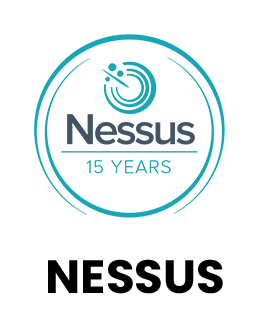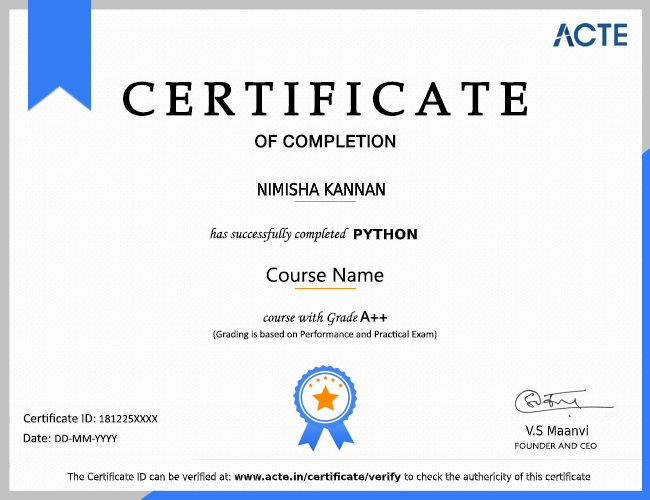- Join the Best Ansible Course to Master Automation and Configuration Management.
- Complete Ansible Training Covers Playbooks, Roles, Modules and Inventory Concepts.
- Work on Real-Time Projects and Gain In-Demand Skills Through Practical, Hands-On IT Automation.
- Choose From Flexible Learning Modes: Weekday, Weekend or Fast-Track to Suit Your Schedule.
- Advance Your Skills With an Ansible Certification Course and Job Placements.
- Get Guidance for Resume Building, Interview Preparation and Career Strategies.
Join Our 100% Job Guaranteed
Ansible Certification Course
WANT IT JOB
Become a DevOps Engineer in 3 Months
Freshers Salary
3 LPA
To8 LPA
Quality Training With Affordable Fees!
INR
₹
INR
₹
10385+
(Placed)6216+
(Placed)8326+
(Placed)4211+
(Placed)























